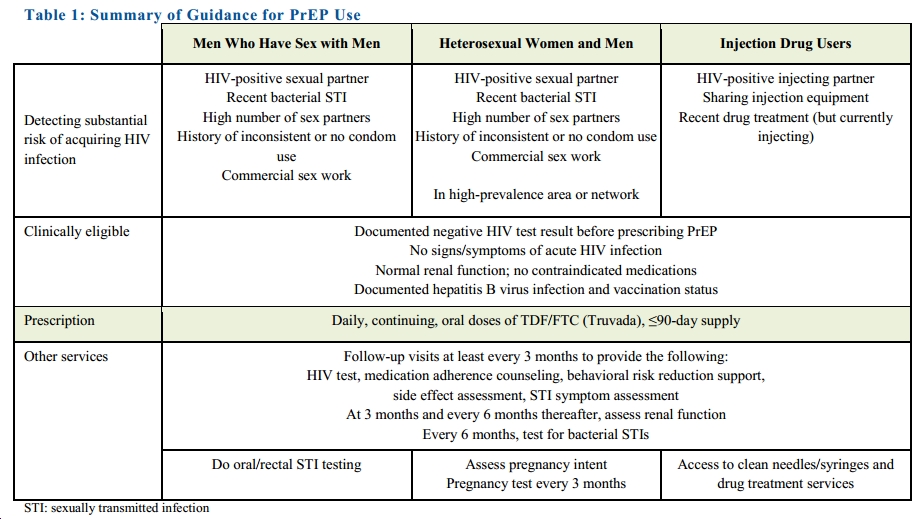
Ensure that a woman with a positive result understands the importance of relaying this information to the health professionals who care for her in labour. If testing is carried out, tell the woman her results and document in antenatal records.Inform all women of the testing procedure and implications of results.Undertake GBS culture based-screening, using combined vaginal-rectal swab at 35–37 weeks gestation if no risk factors or colonisation has been identified prior to this.If other risk factors arise (see Table 1), IAP is recommended once active labour is identified.if GBS colonisation or bacteriuria is found incidentally or by intentional testing earlier in pregnancy, do not repeat investigation in later pregnancy.discuss and document the recommendation for IAP.discuss results with the woman and document her status as GBS positive.If tests at any point in pregnancy show GBS colonisation or bacteriuria:.If the woman had a previous baby with invasive EOS, discuss and document the recommendation for IAP.Discuss and document risk factors at booking.Clinicians must remain vigilant for signs of EOS as this can occur in a baby of culture-screened GBS negative women.GBS, EOS and IAP should be discussed with the woman during the antenatal period in a manner that supports informed decision making.Follow organisational protocols and local guidelines.

All maternity services should have an established plan for prevention of EOS.There is a lack of consensus and limited high quality evidence regarding a preferred approach.Maternity services across Australia use either a clinical risk-based or universal culture-based screening approach to reduce EOS in the baby.Antibiotic prophylaxis is not recommended prior to the onset of labour.Aim for ≥4 hours of IAP coverage prior to birth.If any of the above risk factors are identified, IAP is recommended once active labour is identified.Previous baby with invasive GBS infection GBS bacteriuria in current pregnancy (any colony count) Maternal temperature ≥38 degrees intrapartum or within 24 hours of giving birth Rupture of membranes (ROM) ≥18 hours prior to birth Preterm labour <37+0 weeks (spontaneous or induced) Obstetric risk factors for EOGBS infection Preterm babies are four times more likely to develop EOS than term babies (Kurz and Davis 2015).taking a combined vaginal-rectal swab at 35-37 weeks gestation.consistent identification of clinical risk factors during pregnancy and labour.The decision to give antibiotic treatment in labour can be determined through:.IAP does not prevent late onset sepsis (LOS).A pregnant woman who tests positive for GBS and gets IAP has a one in 4000 chance of delivering a baby who will develop EOS, compared to a one in 200 chance if she does not have IAP (Centers for Disease Control and Prevention 2018).IAP can prevent EOS in up to 89 per cent of babies of colonised women (Lin et al.It can result in death of the baby if not detected and treated early. EOS may result in neonatal morbidity, including respiratory symptoms, pneumonia and sepsis.




 0 kommentar(er)
0 kommentar(er)
